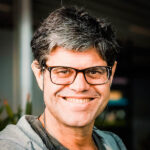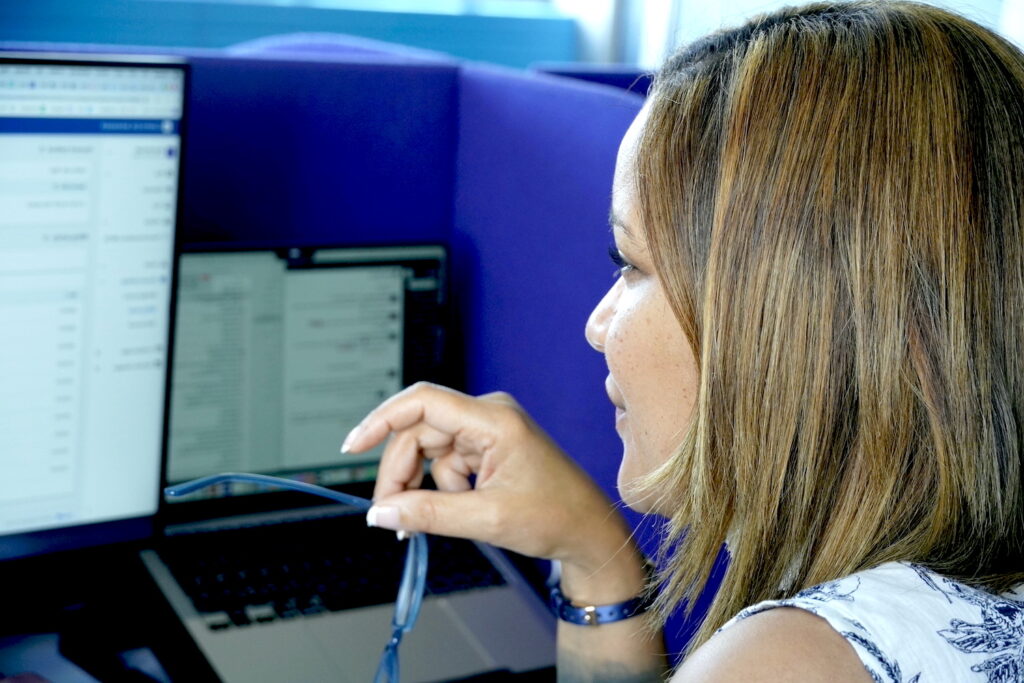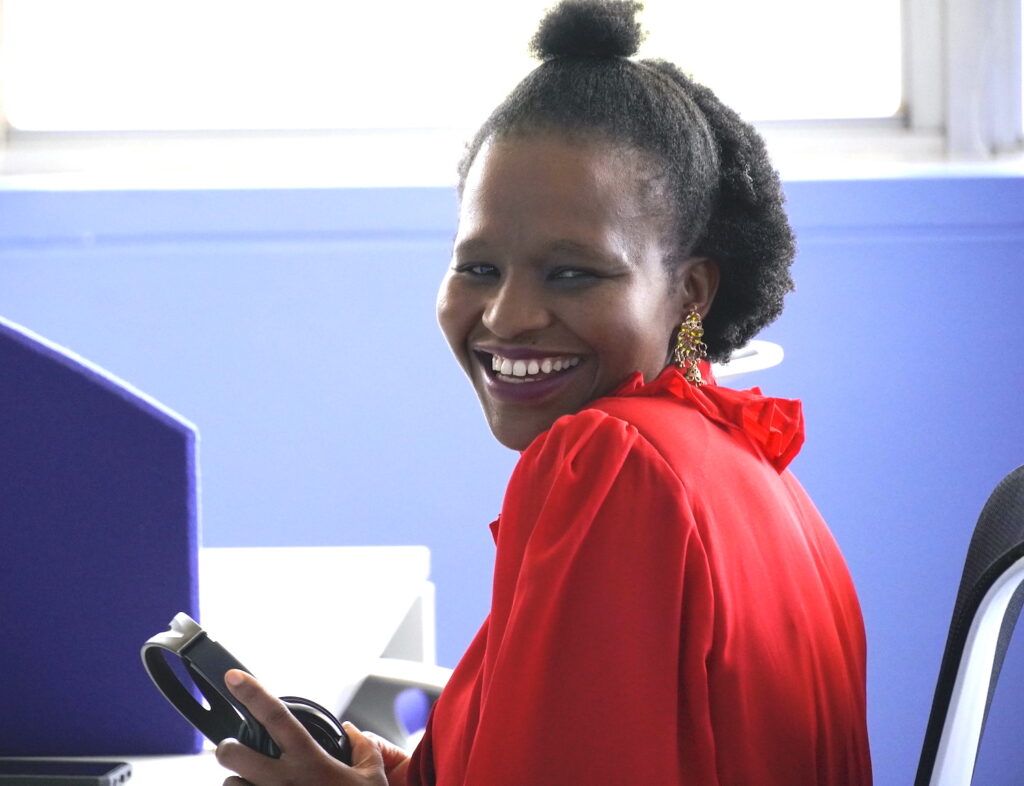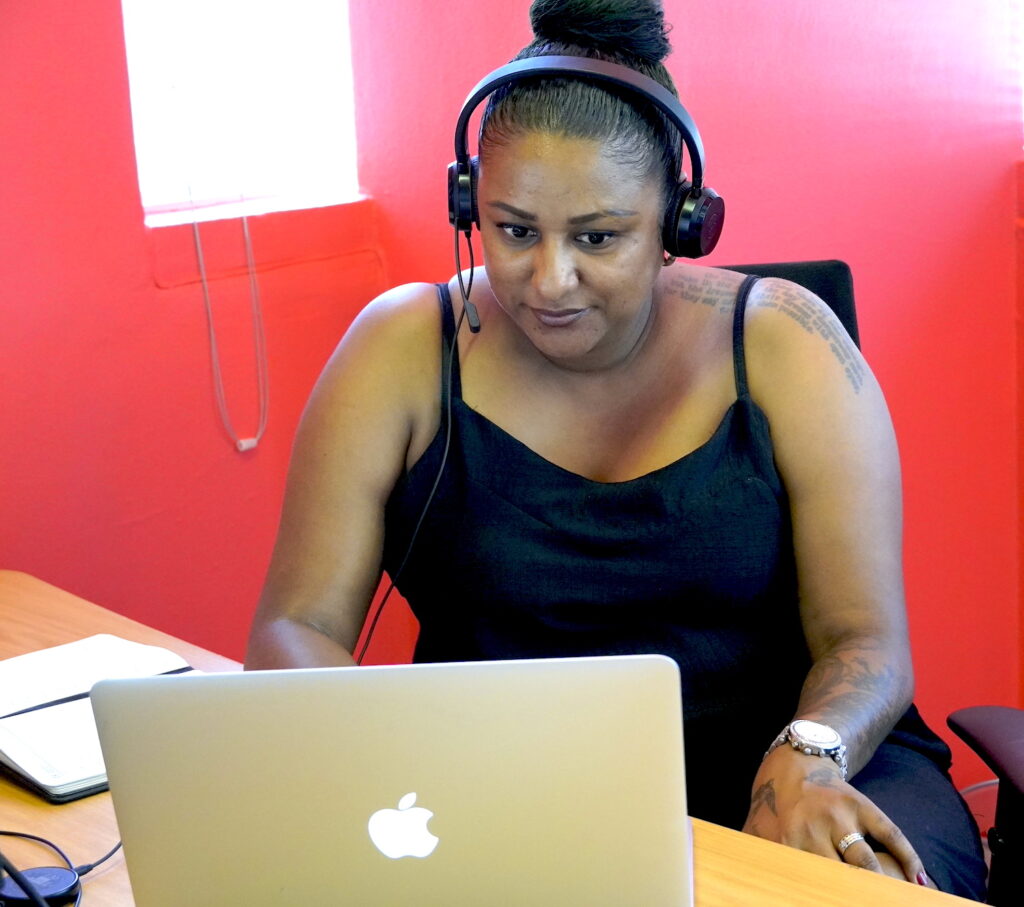The Workshop that Works

Alex Sudheim

Anyone who has spent a significant portion of their professional lives working in any organisation in any industry might well agree: little else is sure to get the collective eyeballs rolling than the word “workshop”.
Often derided as hollow attempts by HR to justify their existence, the dreaded “team building exercise” generally involves industrial amounts of motivational mantras; immense frescoes of post-it notes and loopy activities like throwing our shoes at one another.
Most companies in whose trenches I have toiled fit that mould. But Voys is no ordinary company and, as I discovered to my unmitigated surprise and delight, “Connected: A Workshop in Collaborative Communication” is no ordinary workshop.
Stop: Collaborate & Listen
Developed in 2021 by renowned leadership coach Annemieke Verhoeff and Rosien van Toor, Head of Culture at Voys, the Collaborative Communication Workshop charts exciting new ground in the crucial field of intra-organisational communication.
Although it is self-evident that the colleagues of a company communicate with one another, an oft-overlooked facet of this phenomenon is how we communicate with one another. To quote General Alfred M. Gray: “Communications without intelligence is noise. Intelligence without communications is irrelevant.”
In the context of this insight, the purpose of the workshop is to understand that the optimal fusion of communications and intelligence drastically enhances the qualitative nature of information flow within an organisation.
There is no shortage of real-world examples to demonstrate the urgent need for such an outcome. In his gripping Pulitzer-winning book The Looming Tower, Lawrence Wright documents how, had the FBI and the CIA collaborated more closely; communicated more transparently and shared the information they held separately, there is a high likelihood they might have averted the Twin Tower attacks on September 11, 2001.
Although the objective of the workshop described here was not to avert World War III, similar principles apply: openly communicating valuable information with mindfulness, intelligence, purpose and, above all, empathy, creates the ideal environment in which critical and time-sensitive problems can be addressed and mitigated.

Clarity & Structure
Voys operates according to Holacracy, the progressive organisational philosophy that advocates self-management over ossified chain-of-command hierarchies. “Work smarter, not harder” is one of our unofficial mantras with the workshop a salutary example of how we put this principle into practice.
For one thing, the proceedings took place entirely online and involved Voys colleagues from the Netherlands and South Africa. Yet, through the use of breakout rooms, jamboards and stimulating group challenges, at no point did we feel like anything less than a group of people in one room despite the programme being conducted remotely. This allowed the key element of non-verbal communication to enter the equation. As Peter Drucker says: “The most important thing in communication is hearing what isn’t said.”
In the feedback on Annemieke Verhoeff’s workshops, two words frequently crop up: clarity and structure. The Collaborative Communications Workshop certainly delivered in both of these departments: the manner in which it was structured ensured that clarity was the result that was sought and the one that was obtained.
To get the juices flowing and stretch the neurons, we were presented with two powerful ideas to bear in mind throughout. 1. Thoughts and feelings are not binary. 2. No-one is a mind-reader: instead we project, which is the anathema of empathy. This pair of cognitive cornerstones framed the workshop and allowed us to make important discoveries as we set off on our exacting journey.
Boot Camp
It must be made abundantly clear that this was not some New-Age group hug where we sang kumbaya, told each other how amazing we all were and went through the motions of being superficially nice to one another until the whole charade was over.
It was quite the opposite: unexpectedly hard questions were asked of us. We role-played a kind of impromptu, improv Rashomon, Kurosawa’s film famous for a plot device that involves various characters providing subjective, alternative and contradictory versions of the same incident. We were frequently dragged out of our comfort zones and were regularly required to reflect upon difficult and even unpleasant aspects of ourselves.
Yet this had a tremendously galvanising effect upon us: the bracing honesty was cathartic and therapeutic and we emerged from the experience as rather exhausted, but ultimately happier, more harmonious human beings.

The Trigger Finger
From a practical point of view, the one tool provided by the workshop I found particularly invaluable was that of “the trigger log”.
One of the episodes of the landmark British documentary series The Century of the Self is entitled: There is a Policeman Inside All of Our Heads, He Must Be Destroyed. This is precisely what creating a trigger log gives you the power to do. By using this potent cognitive behavioural tool, you build productive neural pathways to deal with instances when something – or someone – at work triggers you.
Instead of the knee-jerk reaction that only leads to frayed nerves and heightened tensions, we were tasked with handling these situations objectively and rationally instead of emotionally. By aiming to bring the temperature down by developing an understanding of what triggers us and why, we can develop ways of reacting that are productive and not destructive.
For example, if you’re the impatient type who likes to get things done on the double, you might find yourself triggered if a colleague you have messaged fails to respond after a few hours. Record this in your trigger log. Then ask yourself: “Why am I triggered?” A few moments of objective reflection might deliver the insight that your inherent impatience is an idiosyncrasy of yours not common to everyone else. Perhaps your colleague is more of a “slow and steady wins the race” kind of person. They’re not slack, they’re methodical. Maybe they’re currently snowed under with work and can’t attend to your message at light speed.
Already you have ceased to project and begun to empathise.

Safety On
The next step is to resolve the tension that created the trigger in the first place. An excellent way of doing so is formulating a question instead of an accusation. For example, instead of becoming annoyed at your colleague’s perceived tardiness, end your initial message with something like: “If it’s no bother, would you be able to respond in the next day or so?”
This way you have created a useful insight into yourself for your colleague which allows them to empathise with you. There is now a far higher likelihood of you receiving timeous replies in the future than if you throw your toys out the cot. I personally like to think of it as analogous to the film Inception: you have successfully placed an idea inside someone’s head in such a subtle way it could well result in them feeling like it was an idea they themselves had formed.
Similarly, the workshop placed another seemingly obvious yet often-overlooked concept under the microscope: reciprocation. Once more, well-worn neural pathways were challenged in order to summon to the fore new, more productive ones. Instead of reactively only turning to others for assistance when you need it, ask yourself: “How can I support my colleagues?” If you provide logistical, technical or moral support, even if you aren’t explicitly required to, the chances of this generosity being reciprocated when you need an assist increase dramatically.
Open Hand
Ultimately, the Collaborative Communication Workshop proved to be an excellent, highly edifying exercise in developing a deeper understanding of how the right kind of communication vastly improves our organisation’s capacity to collaborate more effectively and efficiently and, consequently, produce qualitatively and quantitatively enhanced output. It was intense, demanding and occasionally uncomfortable. But, for this veteran of too many workshops to count, by far the most important outcome was how strikingly stimulating it was in terms of breaking the old mould and crafting a fresh, unexpected new one.
Firstly, it subtly expressed the Voys values of open, supportive, equal and evolving in surprisingly visceral fashion. Secondly, it drove home the point that, especially when working in teams distributed across different countries and cities, collaboration is most likely to thrive in an environment where inhibitions and preconceptions are cast aside and transparency, neutrality and objectivity are embraced.
This, as we discovered first-hand, is the optimal manner of creating a level field with perfect visibility.

Keen on a quarterly slice of succinct insights from the inside track? Sign up to our newsletter.